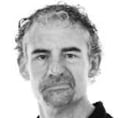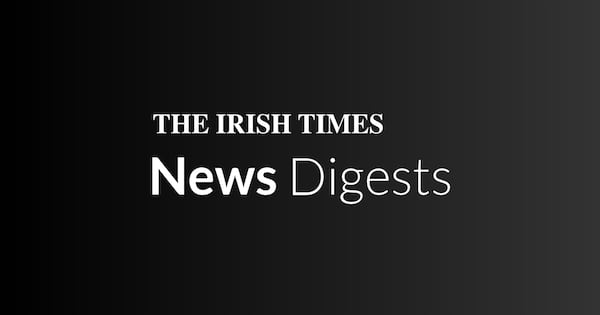On Thursday, the sun shone warmly in sapphire blue skies yet again as the Irish players went through their last session in the Stade de la Chambrerie. Returning for the lunchtime media session, the trucks were being packed with all the squad’s accompanying paraphernalia amid miles of black masking tape.
Later that afternoon, sitting in La Manufacture brasserie overlooking the charming and always buzzing Place de Plumereau, Keith Earls and David Kilcoyne pedal by on bikes.
It won’t be like this again.
Being able to hire bikes or walk around Tours and mingle with the locals and the tourists without being bothered for photographs or autographs was a treat for the Ireland players, and something they appreciated about their Rugby World Cup base for the last five weeks.
READ MORE
Along with the city’s rich and surprisingly cosmopolitan array of restaurants and cafes, not to mention the guinguettes (or open-air restaurants) along the river Loire.
Later on Thursday, it took longer for the squad to navigate Parisian traffic from Montparnasse to their golf resort hotel fully 30km north of the city’s périphérique than it did on the one hour, 10-minute train journey by TGV from Paris to Tours.
When the players’ families and loved ones came out for the four days of down time after the South African game, most relocated to Tours rather than stay in Paris.
It helped that above all Tours is a truly beautiful city, and that like much of France it enjoyed unseasonably nice weather for the last month. As well as the sense of escapism, the squad couldn’t have been happier with their training base in the Complex Sportif backing onto one of the three pitches in the Chambrerie, which was built on the designs of the IRFU high performance centre in Dublin’s Abbotstown and even came to be known as “the HPC”.
Part funded by France 2023, it will stand as a community facility on the hills of the old city and will be a base for several of the Sevens squads at next year’s Olympics, including the Irish squad. They’ve loved their stay in the Château Belmont as well.
“It’s been exceptional,” says Irish team manager Mick Kearney. “I honestly don’t think there’s been a better team base anywhere, certainly in any World Cup I’ve been involved in. Really exceptional.”
“It’s just been seamless, it really has. There’s hardly been any moments of what I would call ‘off the field stress’. Everything has run like clockwork.”
“It’s been brilliant,” said assistant coach Mike Catt, “and the best thing about being in Tours, for us, is that we actually didn’t have a game in Tours and you felt like you were coming ‘home’ each time.
“We went to Nantes, Bordeaux, Paris and each time we came back in, the Château Belmont where we’ve been staying is fantastic and it’s a beautiful place. It’s got a great vibe about it.”
For the smaller core of the Irish media who have travelled with the squad, Tours held much the same appeal and also became known simply as “home”.

There are more than 10,000 jobs at the height of the summer season in Touraine which, this being the metric used, welcomes more than 4 million commercial overnight stays each year. It’s estimated that 34 per cent of the tourists are from abroad, and around the narrow cobblestone streets of vieux Tours, the American, UK, German and Italian accents are detectable, as well as the Irish tourists.
The breathtaking Loire Valley, wine tours, cycle paths, stunning castles, satellite towns, and its proximity to Île-de-France are among the area’s attractions.
Tours also has a strong Catholic history. As with my previous studio, my apartment this week looks onto the basilica named after St Martin which is one of the main landmarks in the Tours skyline.
By the early 9th century, respect for St Martin was well-established in Ireland and his monastery at Marmoûtiers became the training ground for many Celtic missions and missionaries.
Some believe that St Patrick was his nephew and that Patrick was one of many Celtic notables who lived for a time at Marmoûtiers in an adjoining cave.
This story and those hills formed part of our trek to the river Loire last Monday, when the Tours tourist board took the Irish media for a picnic on a boat before being treated to a wine tour in one of the 100 or so tourist cellars spread over Touraine.
The river Loire is the last wild river in France and among the picnic’s many delights was some smoked silure, a fish unique to the river, as well as some local sauvignon blanc.
It definitely won’t be like that again. You can read last week’s Counter Ruck, on plans to expand the Rugby World Cup, here.
















